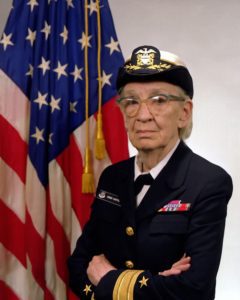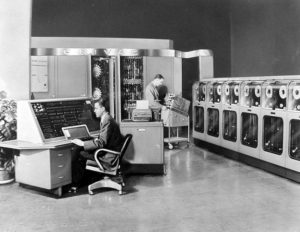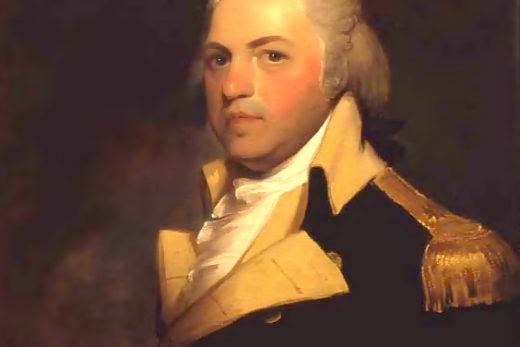Grace Hopper was born December 9, 1906 in New York, New York, and died January 1, 1992 at Arlington, Virginia.
She graduated from Vassar College with a B.A. in 1928. Hopper attended Yale University and received her M.A. in 1930 and her Ph.D. in 1934.
Hopper taught mathematics at Vassar before joining the Naval Reserve in 1943.
The Navy assigned Hopper to the Bureau of Ships Computation Project at Harvard University. There, she joined a team working on the IBM Automatic Sequence Controlled Calculator, better known as the MARK I, the first electromechanical computer in the United States.
Using the MARK I, Hopper and her colleagues worked on top-secret calculations essential to the war effort.
Hopper was one of the first three programmers.
Hopper also wrote the 561-page user manual for the MARK I.
After the war, Hopper turned down a full professorship at Vassar to continue her work with computers
In 1946, she left active service but she remained a naval reservist.
From 1946 to 1949, she continued to work on the MARK II and MARK III computers under Navy contracts.
Working on the UNIVAC I and II, Hopper pioneered the idea of automatic programming and explored new ways to use computer code.
In 1952 she developed the first compiler called A-0, which was an important step in creating modern programming languages. She coined the word compiler.
Over the years, Hopper worked on compiler technology.
She retired from UNIVAC, a division of Sperry Rand, in 1971.
Hopper was nicknamed “Amazing Grace” by her subordinates, she retired from the Navy as a rear admiral at the age of 79 and was the oldest serving officer in the U.S. armed forces.
The year Hopper retired from the Navy, she went to work as a senior consultant in public relations at the Digital Equipment Corporation, where she worked until her death in 1992 at the age of 85.
Grace Hopper was buried with full military honors in Arlington National Cemetery.





